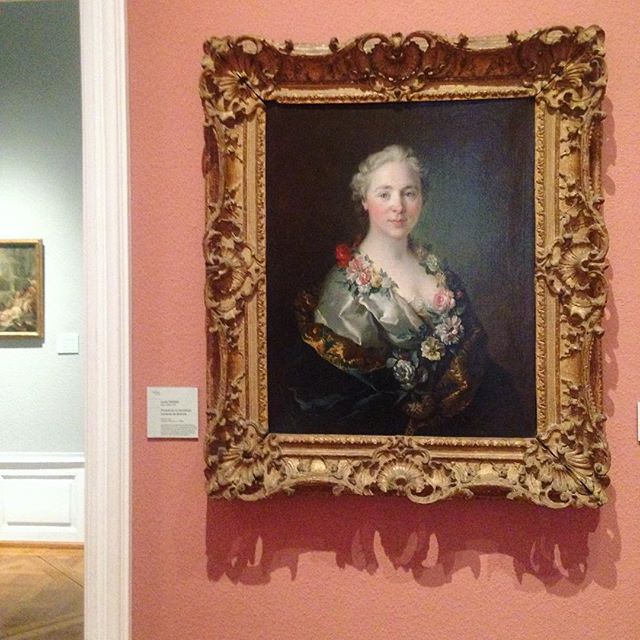How Uber conquered London
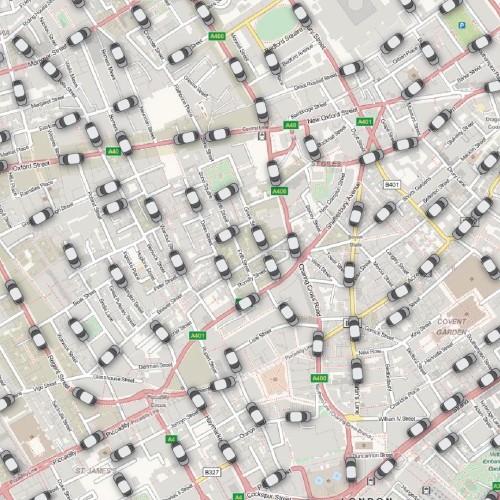
Every week in London, 30,000 people download Uber to their phones and order a car for the first time. The technology company, which is worth $60bn, calls this moment “conversion”. Uber has deployed its ride-hailing platform in 400 cities around the world since its launch in San Francisco on 31 May 2010, which means that it enters a new market every five days and eight hours. It sets great store on the first time you use its service, in the same way that Apple pays attention to your first encounter with one of their devices. With Uber, the feeling should be of plenty, and of assurance: there will always be a driver when you need one.
When you open the app, Uber’s logo flaps briefly before disappearing to reveal the city streets around you, and the grey, yet promising shapes of vehicles nurdling nearby. The sense of abundance that this invokes can make you think that Uber has always been here, that its presence in your neighbourhood is somehow natural and ordained. But that is not the case. To take over a city, Uber flies in a small team, known as “launchers” and hires its first local employee, whose job it is to find drivers and recruit riders. In London, that was a young Scottish banker named Richard Howard.
Read the rest of this article at The Guardian
Who Was David Hume?
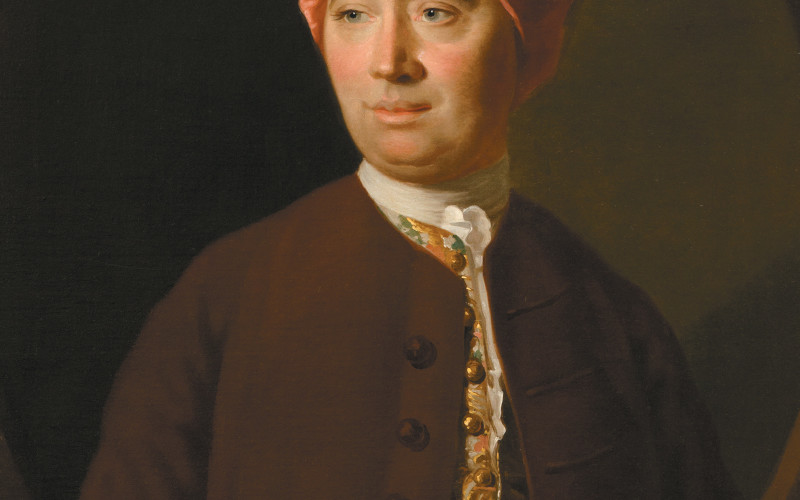
David Hume, who died in his native Edinburgh in 1776, has become something of a hero to academic philosophers. In 2009, he won first place in a large international poll of professors and graduate students who were asked to name the dead thinker with whom they most identified. The runners-up in this peculiar race were Aristotle and Kant. Hume beat them by a comfortable margin. Socrates only just made the top twenty.
This is quite a reversal of fortune for Hume, who failed in both of his attempts to get an academic job. In his own day, and into the nineteenth century, his philosophical writings were generally seen as perverse and destructive. Their goal was “to produce in the reader a complete distrust in his own faculties,” according to the Encyclopedia Britannica in 1815–1817. The best that could be said for Hume as a philosopher was that he provoked wiser thinkers to refute him in interesting ways. As a historian and essayist, though, Hume enjoyed almost immediate success. When James Boswell called him “the greatest Writer in Brittain”—this was in 1762, before Boswell transferred his allegiance to Dr. Johnson—he was thinking mainly of Hume’s History of England, which remained popular for much of the nineteenth century. “HUME (David), the Historian” is how the British Library rather conservatively still catalogued him in the 1980s.
Read the rest of this article at The New York Review of Books
SHOP


Shop the Rue Saint Honoré Mini Bucket bag at Belgrave Crescent and This Is Glamorous – The Shop
Head of the Class
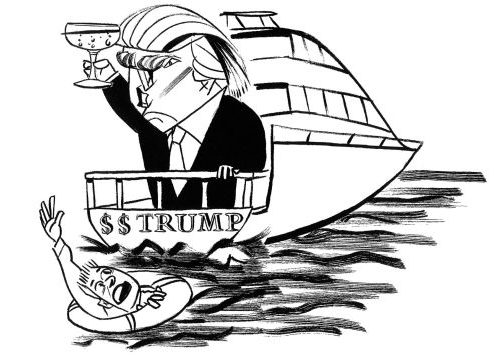
Last week, Donald Trump became the leader of the Republican Party. He thrashed his way to this summit by understanding what many intelligent people utterly failed to see: the decline of American institutions and mores, from Wall Street and the Senate to cable news and the Twitterverse, made the candidacy of a celebrity proto-fascist with no impulse control not just possible but in some ways inevitable. It shouldn’t have been such a surprise. An early tremor came in 2008, in the person of Sarah Palin, who endorsed Trump before almost any other top Republican. In her contempt for qualifications, her blithe ignorance, she was an avatar for Trump. A lot of Republicans, many of them female, saw in the small-town common woman an image of themselves; many men see in the say-anything billionaire an image of their aspirations. Palin showboated her way from politics to reality TV, while Trump swaggered in the opposite direction. Together, they wore a path that is already almost normal.
Trump also grasped what Republican élites are still struggling to fathom: the ideology that has gripped their Party since the late nineteen-seventies—anti-government, pro-business, nominally pious—has little appeal for millions of ordinary Republicans. The base of the Party, the middle-aged white working class, has suffered at least as much as any demographic group because of globalization, low-wage immigrant labor, and free trade. Trump sensed the rage that flared from this pain and made it the fuel of his campaign. Conservative orthodoxy, already weakened by its own extremism—the latest, least appealing standard-bearer was Ted Cruz—has suffered a stunning defeat from within. And Trump has replaced it with something more dangerous: white identity politics.
Read the rest of this article at The New Yorker
The Day We Discovered Our Parents Were Russian Spies

Tim Foley turned 20 on 27 June 2010. To celebrate, his parents took him and his younger brother Alex out for lunch at an Indian restaurant not far from their home in Cambridge, Massachusetts. Both brothers were born in Canada, but for the past decade the family had lived in the US. The boys’ father, Donald Heathfield, had studied in Paris and at Harvard, and now had a senior role at a consultancy firm based in Boston. Their mother, Tracey Foley, had spent many years focused on raising her children, before taking a job as a real estate agent. To those who knew them, they seemed a very ordinary American family, albeit with Canadian roots and a penchant for foreign travel. Both brothers were fascinated by Asia, a favoured holiday destination, and the parents encouraged their sons to be inquisitive about the world: Alex was only 16, but had just returned from a six-month student exchange in Singapore.
After a buffet lunch, the four returned home and opened a bottle of champagne to toast Tim reaching his third decade. The brothers were tired; they had thrown a small house party the night before to mark Alex’s return from Singapore, and Tim planned to go out later. After the champagne, he went upstairs to message his friends about the evening’s plans. There came a knock at the door, and Tim’s mother called up that his friends must have come early, as a surprise.
Read the rest of this article at The Guardian
What Happens When Big-City Chefs Open Small-Town Restaurants
The challenges of running a successful business in a city of fewer than 45,000
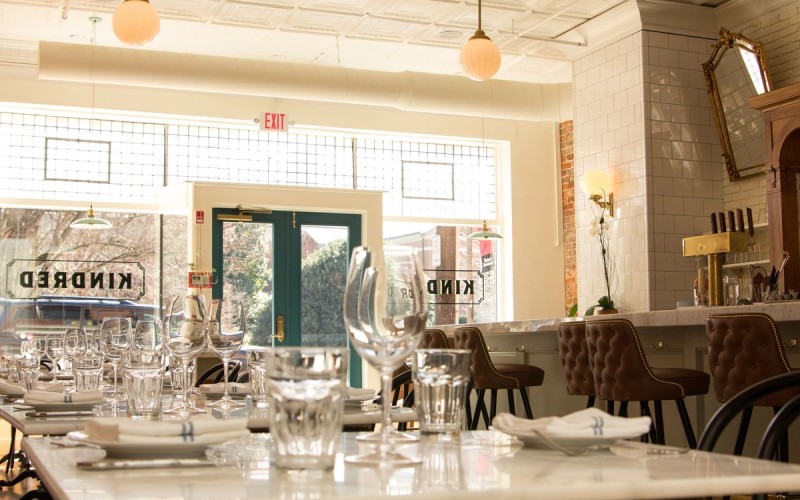
I left the city nine years ago,” says chef Ian Boden, speaking on the phone from his restaurant in Staunton, Virginia, about 100 miles outside of Richmond and 150 miles outside Washington, DC. He still calls New York City “the city,” just like a New Yorker, even when reflecting on why he and so many other chefs have decamped for other locations. “We all left because we wanted to open our own place, and to do that in Manhattan — unless you have investments or your [own] money — is impossible.” It’s a familiar complaint, and partially what’s behind the chef migration away from cities like New York, San Francisco, and Chicago to cities like Minneapolis, St. Louis, and Charleston.
But Staunton is different. With a population hovering just below 25,000 people, the Virginia city is minuscule compared even to places referred to as “small” in New York City-centric food publications. Take, for example, Bon Appetit’s criteria for determining “America’s Foodiest Small Towns”: In addition to the requisite farmer’s markets, restaurants, and artisan community, the magazine defines the “small-town feel” as a place with fewer than 250,000 people. That population cut-off is 10 times bigger than Staunton.
Small cities — even cities below the 100,000-person population level that would put them among the nation’s 300 largest — present unique opportunities. Bentonville, Arkansas (pop. roughly 42,000) is famously known as the home base for Walmart, leading to a roughly 18 percent population increase since 2010. For RopeSwing, the Bentonville-based hospitality group “focused on redeveloping downtowns” in the Ozarks, this population boom represented a fabulous customer base. “What [recent transplants] want is [the] high-quality experience that they’re used to. A lot of these people are from major urban cores and cities,” the group’s former creative lead told Eater last year. “They expect and demand a higher quality and caliber of dining and cultural experiences, so we’re here to deliver.”
Chef John Shields and his wife Karen Urie Shields, a pastry chef, were doing well in Chicago when they took a leap of faith, moving to Chilhowie, Virginia (pop. approximately 1,800) in 2008 to open a restaurant called Town House. Not satisfied with their relationship to the product in Chicago — “as a cook, as a person, I had zero connection to it,” John recalls — the couple went where they could be closer to the source.
Read the rest of this article at Eater

